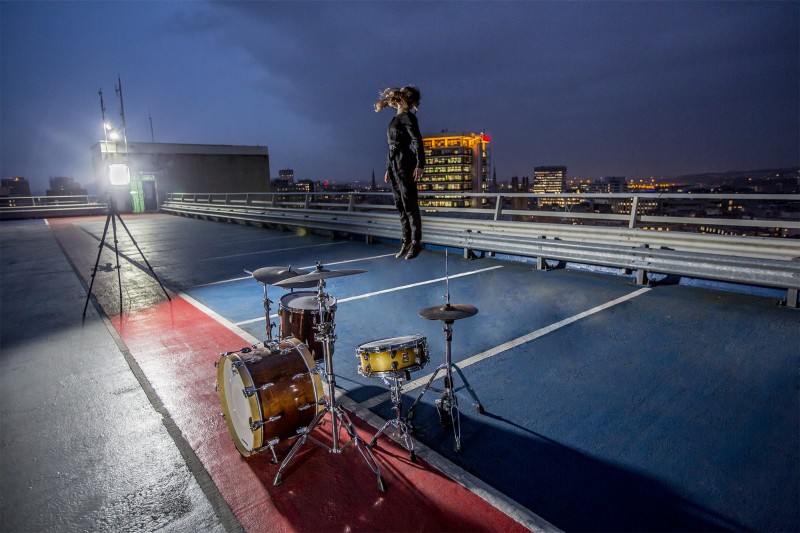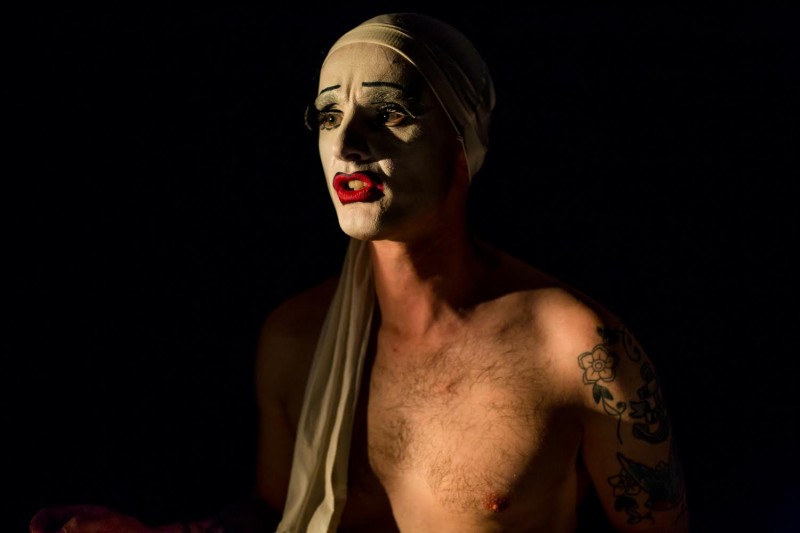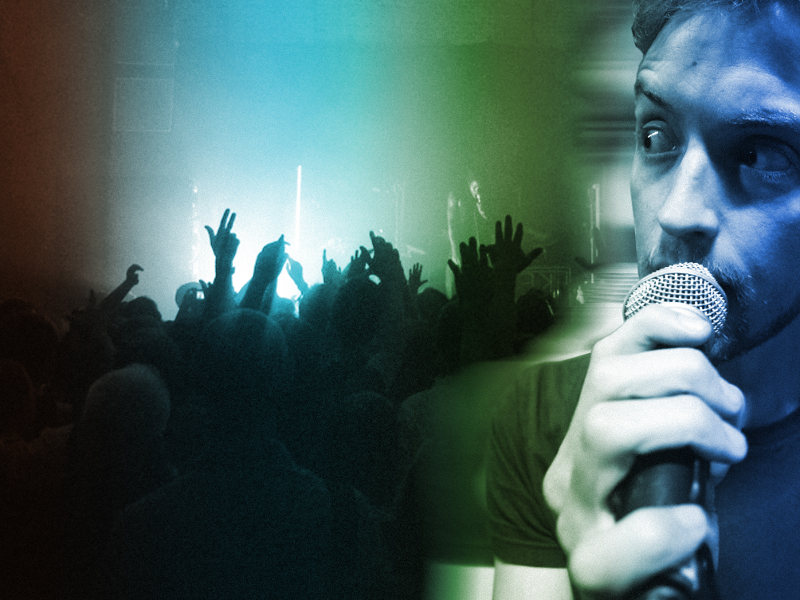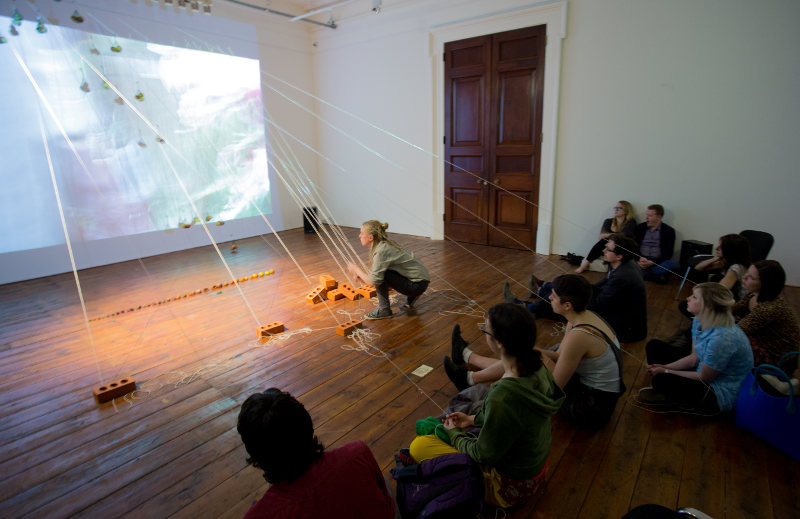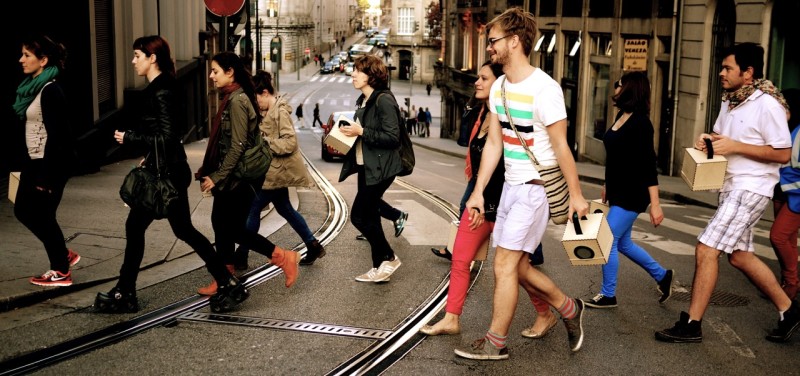 Like a deep sea dive in your own city, A Folded Path is a brisk urban walk with stimulating surround sound created by location-sensitive speakers carried by the participants. We gathered at the Watershed, Bristol, to each be handed our custom-built small wooden box with a soft leather handle containing a speaker. We all held our new gift to our ears hearing the soft rumbles of electronic composition inside, mine sounded like a distant lost whale in space, if you can imagine that. We are split into three groups of around ten, each with a high-vis clad leader who will direct us on our journey. What follows is a pedestrian cinematic experience as our boxes begin to sing louder with bleeps, strings, and warbling tones. We become a collective orchestra that alters as we move through various spaces in the city. The collision of space and sound send the imagination on a trip…
Like a deep sea dive in your own city, A Folded Path is a brisk urban walk with stimulating surround sound created by location-sensitive speakers carried by the participants. We gathered at the Watershed, Bristol, to each be handed our custom-built small wooden box with a soft leather handle containing a speaker. We all held our new gift to our ears hearing the soft rumbles of electronic composition inside, mine sounded like a distant lost whale in space, if you can imagine that. We are split into three groups of around ten, each with a high-vis clad leader who will direct us on our journey. What follows is a pedestrian cinematic experience as our boxes begin to sing louder with bleeps, strings, and warbling tones. We become a collective orchestra that alters as we move through various spaces in the city. The collision of space and sound send the imagination on a trip…
Approaching vine covered temples, cast over in sun and shadow.
Frozen buildings topped with snow, a scene from Twelve Monkeys.
A submarine bleeding in the dark, lights fogged with algae.
Pilgrims descending on their destination, exhausted in the thousands.
Two dusty groups greeting in the desert with offerings of peace.
Lilting Jamaican and Welsh.
Meat air and piss corners.
A child opening a present, an expression of ‘is this really for me?’
A cellist practicing from a high window, sound tumbling or creeping like ivy.
The shower in my ear, blocked and waterlogged.
Sinking lifts, sinking sand, and sinking ships.
Drowning radio transmitters.
Electropop rave gathering.
Swallow murmurations, ant trails, and slug slime.
Tokyo road crossing.
Swimming ghosts in the market rafters, folding time.
Rising up higher with false angels and cupid’s horns.
Arrows pointing upwards, held taught on the bow.
Smoke reversing out from chimneys.
Minibuses of noise and blood.
Drunken lullaby.
The walk was devised so that our individual group wandered together through back streets getting caught up with bin men and surprising loiterers, to then cross over or gather with the other groups allowing all 30 speakers to swell and fill the square or park with sound. As a participant you are both experiencing the piece and gifting it to the city, people stop in their tracks as we envelop them with our trailing sound. I have often been keen on those who carry boomboxes on their shoulders announcing their sound into the city with confidence rather than slipping between each other silently.
When the speakers fade away and we are left standing by the harbour the trickle of the fountain amongst the enormous white noise of people talking becomes a delicate soundtrack. A Folded Path ignites your ears to the symphony of the city. By whitewashing the city for 40 minutes in electronic sound you emerge with a refreshed sensitivity. Sitting here now I can hear the drone of a passing aeroplane, the fizz of the neighbouring car wash, and the intermittent screams of playing children. I wonder how long this attentiveness will last.

